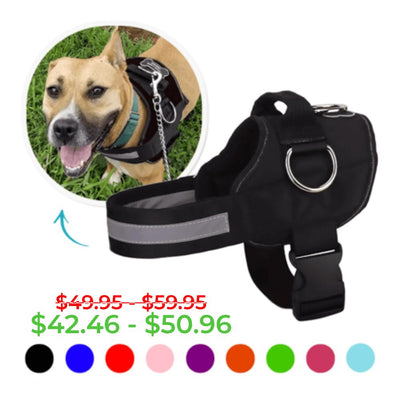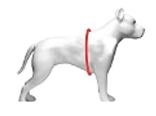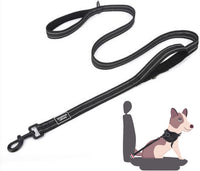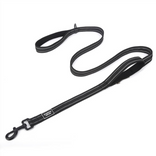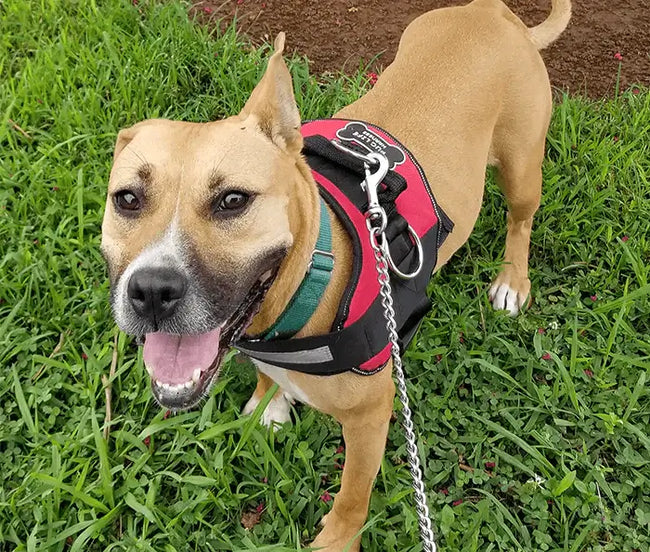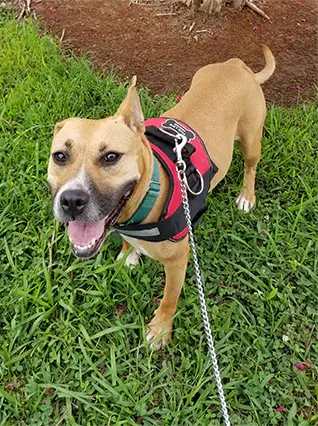Spot It Early! The Perils of Dog Dental Disease

Gum disease is very similar between humans and dogs in that it creeps up silently and can occur without warning. Who is to blame here or rather...what is to blame here? We can thank the help of a thing called bacteria for aiding the presence of gum disease.
Courtesy of Fetch by WebMD:
"The bacteria in plaque does a lot of things," says Brett Beckman, DVM, FAVD, DAVDC, DAAPM, a veterinary dentist practicing in Florida and Georgia. "But one thing it does both in pets and humans is to cause our immune system to recognize it as foreign."
When the immune system detects the bacteria introduced by plaque, white blood cells are triggered to launch an attack which leads the bacteria to launch a counterattack by having the white blood cells on the defense break down gum tissue through the release of enzymes. This battle occurring in the mouth can lead to the following:
- Inflammation of the gums
- Damaged or destroyed tissue
- Bone loss
This all leads to tooth loss.
They key rests with prevention and spotting the symptoms of gum disease as soon as possible so that treatment options can begin.

“[But] for your reference, here are some symptoms to keep an eye on courtesy of WebMD:
- Problems picking up food
- Bleeding or red gums
- Loose teeth
- Blood in the water bowl or on chew toys
- Bad breath (halitosis)
- "Talking" or making noises when a dog eats or yawns
- Bumps or lumps in the mouth
- Bloody or ropey saliva
- Not wanting the head touched (head shyness)
- Chewing on one side of the mouth
- Sneezing or nasal discharge (advanced gum disease in the upper teeth can destroy the bone between the nasal and oral cavity)”
READ MORE: TIPS FOR DOG GUM DISEASE PREVENTION
While that list of symptoms looks promising in length and gives hope that you’ll have a higher chance of observing these symptoms with your dog, remember that gum disease shows no symptoms at the very start. It’s legit a silent disease.

According to Fetch by WebMD, “It’s rare that pet owners ever notice signs of gum disease in their dog, and if they do, the gum disease is very advanced. By then, your dog may be living with chronic pain, which animals instinctively hide to avoid showing weakness.”
There are different phases of gum disease to keep in mind as well.
- Phase 1: Mild inflammation and redness of the gums. This is where you’ll want to put work into the car of their oral health by scheduling cleans for below and above the gum line.
- Phase 2: This is when pockets begin to form between the gums and teeth. Further cleaning is required here with treatment to try and rejoin the gums and teeth and close these pockets.
- Phase 3: The aforementioned pockets are now more than 5 mm deep, leading to bone loss. Treatment becomes more intensive for cleaning including the cleaning of damaged tissue.
- Phase 4: This is the end all stage. Bone loss is now over 50% and the only option left is extraction of affected teeth.
READ MORE: TIPS FOR DOG GUM DISEASE PREVENTION

This is just a sampling of tips and informational posts we offer at Joyride Harness. You can find more content including tips and tricks and how-tos for caring for your dog on our blog at this section. Feel free to leave a comment with tips you’re looking for!


